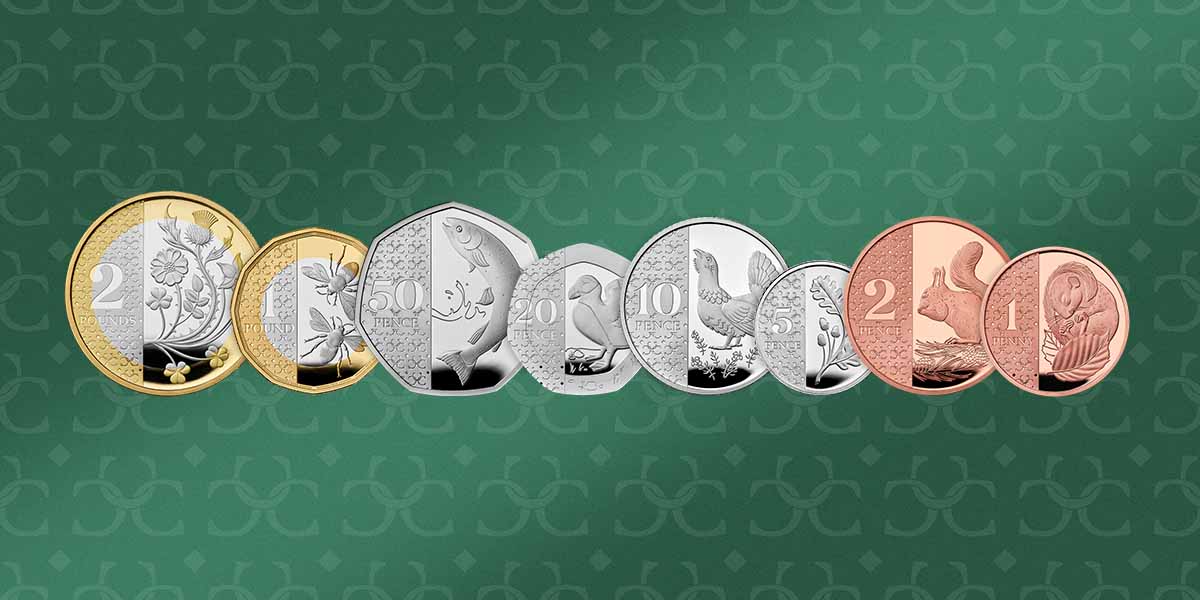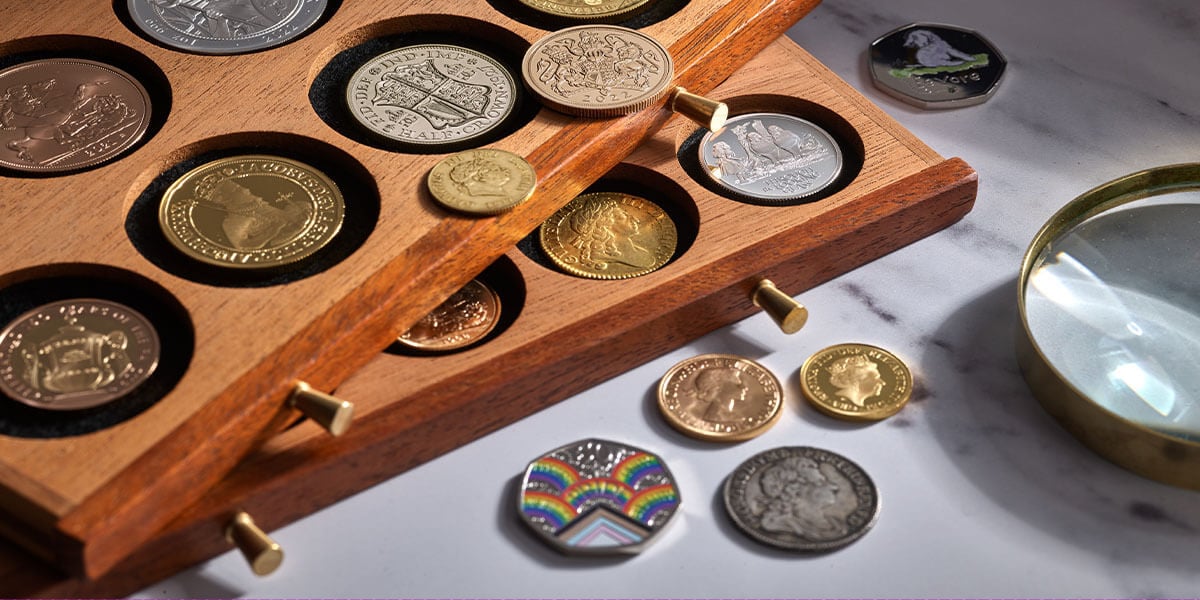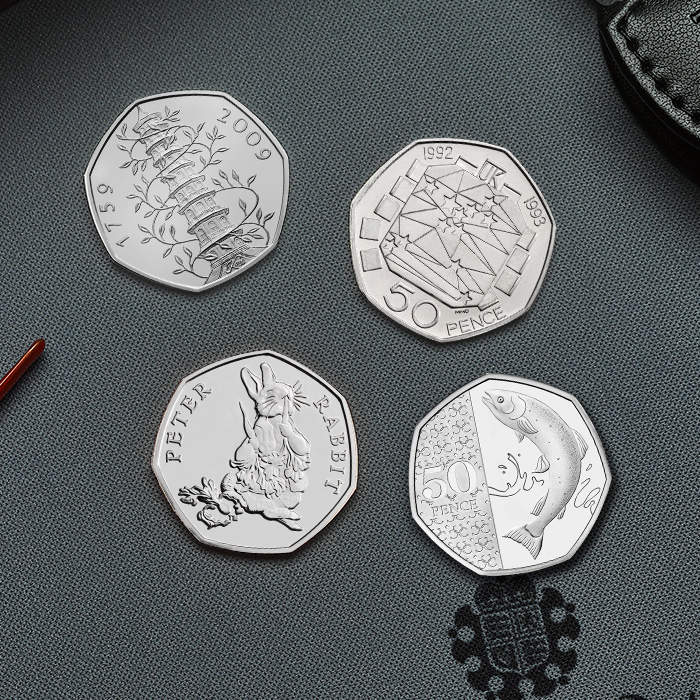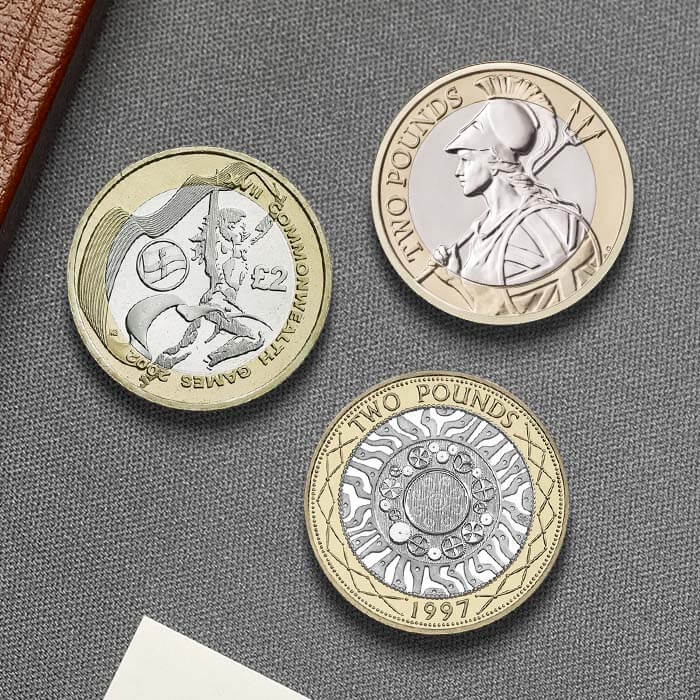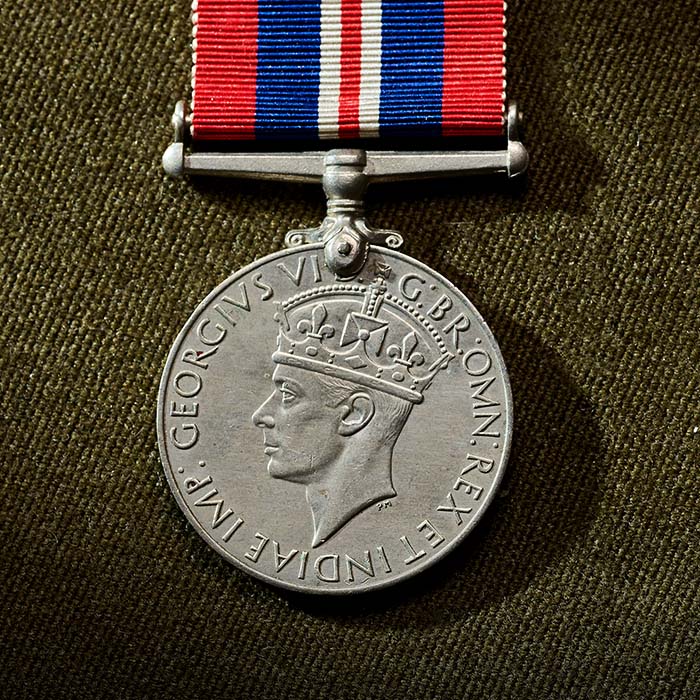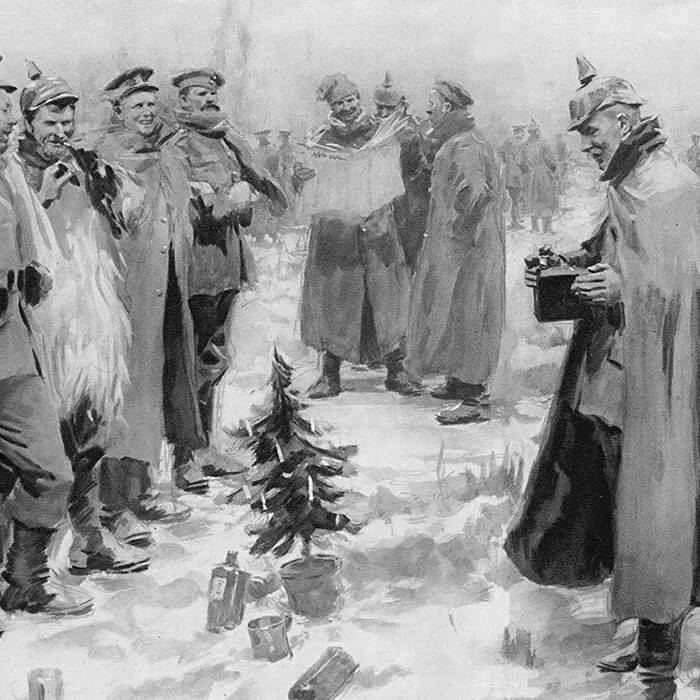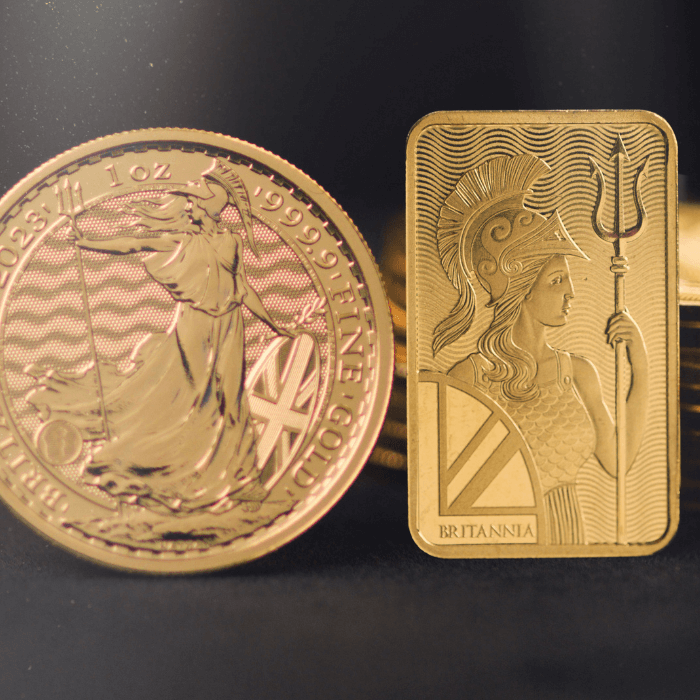Coin Collector News
Discover great stories from history and how we're celebrating these moments within The Royal Mint. Whether you’re an avid collector looking for some inspiration or an investor, we have stories for everyone.
Commemorative Articles

An Unbroken Tradition
Learn about The Great Seals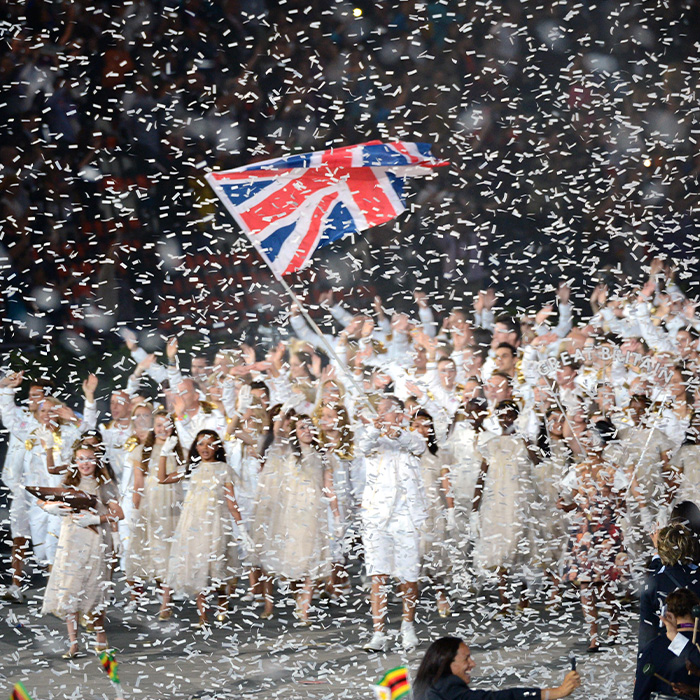
Britain’s Golden Legacy
Unearth Sporting History
THE MAKING OF A MEDALLIC MASTERPIECE
Read about The Waterloo Medal
Engraved in History, Inscribed in Sand
Honouring D-Day
